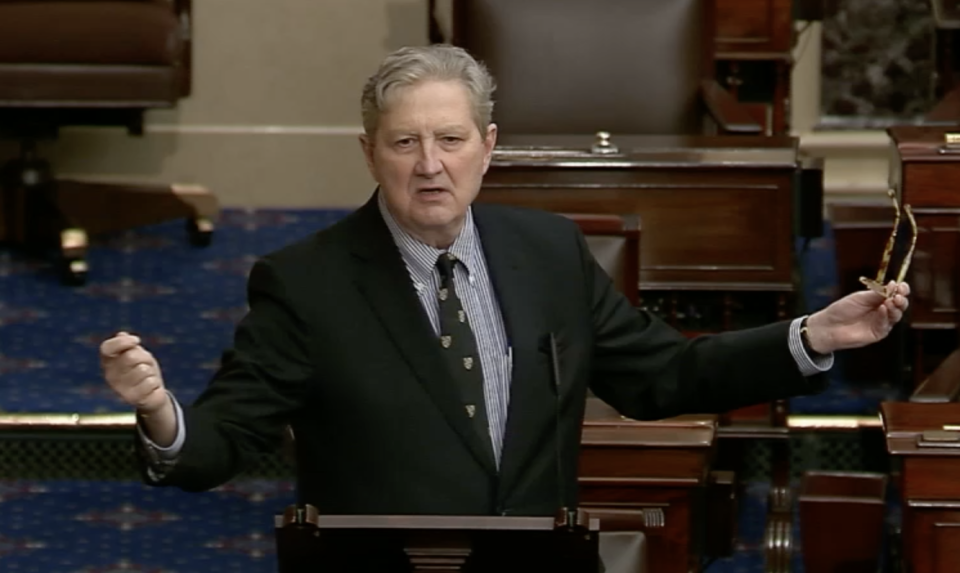Tuesday, Aug. 24
August 24, 2010Thursday, Aug. 26
August 26, 2010The Louisiana Department of Wildlife and Fisheries (LDWF) announced Friday that all state waters would be immediately reopened to recreational and charter boat angling.
Prior to Friday’s decision to reopen the waters, 11 percent of state waters had remained closed due to the Deepwater Horizon oil spill.
In addition to reopening water to recreational fishing, the Louisiana Wildlife and Fisheries Commission also made plans to submit a letter, asking the FDA and NOAA to expedite testing in areas previously closed due to confirmed reports of oil, so commercial fishing can also be soon to come back.
In order for an area to become clear for commercial fishing, the LDWF said the following must apply:
• Once visible signs of oil are no longer apparent in areas that were previously closed by LDWF to commercial fishing, LDWF will then submit an “intent to reopen” report to NOAA and the FDA
• LDWF biologists will also conduct thorough sampling of finfish, crabs and shrimp in the proposed reopening area
• Following collection of samples, biologists will transfer specimens for testing by the FDA and NOAA to see if chemical contamination has taken place – a process that usually takes 7-10 days
• After this testing takes place, the FDA and NOAA gives the LDWF an opinion regarding the reopening
While the LDWF’s decision is a ray of hope for fishermen, the seafood industry isn’t quite as lucky just yet.
Not all of the reopened areas for fishing have been cleared yet for recreational harvesting of shrimp, crabs or oysters.
But the LDWF did reopen some areas to commercial crabbing in areas west of Southwest Pass of the Mississippi River.
All state waters inside and outside territorial waters west of Southwest Pass and 89 degrees, 25 minutes and 0 seconds west longitude are open to commercial crabbing.
This series of re-openings came after the LDWF concluded the crabs tested in that area were safe for consumption.






